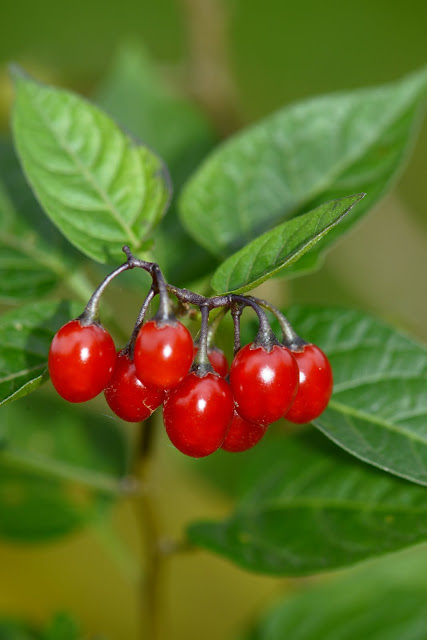 |
Cutleaf Teasel
Dipsacus laciniatus
|
Everybody knows what Teasel looks like, but did you know that there are fifteen species? Naturally there can't be just one. Luckily, only three have made their way to America and only two in Indiana. They're native to Europe, Asia and northern Africa.
Here's another thing you didn't know. Teasels are carnivorous! The paired leaves of some species and some plants form a cup that holds water. People have noticed that these cups of water often hold dead insects, so some folks did a
controlled experiment and found that when dead invertebrates were added to the cup, there was a 30% increase in seed set. I now have a new-found respect for Teasels!
So, how do you tell the difference between the three species? First of all, one species,
Dipsacus sativus, is quite uncommon and not found in Indiana at all. The other two are quite common. Fuller's Teasel,
Dispacus fullonum, is the only one with the lavender flowers. The other two are white. This species,
Dipsacus laciniatus, has deeply lobed leaves while the other two do not.
 |
| The leaves are deeply lobed and the bases of the leaves merge together to form a cup which holds water |
 |
| This species seems to be quite a bit taller than Fuller's Teasel |






















































